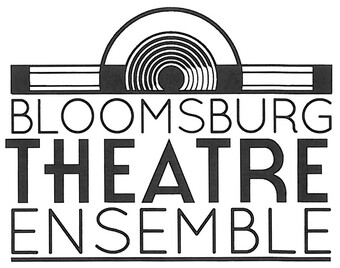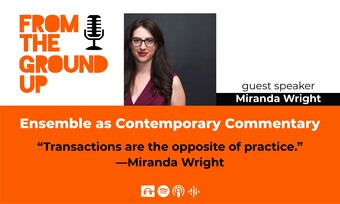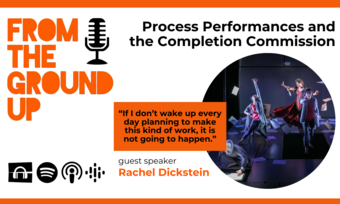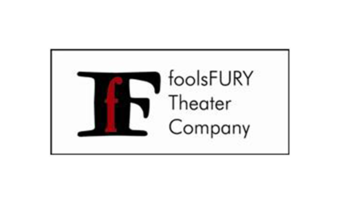Ensembles
The Life and Times of Bloomsburg Theatre Ensemble
Creating ensemble-based theater is one thing. Paying for it is another. Jeffrey Mosser does three case studies of established ensemble theaters exploring the creating and paying for the art.
Alvina Krause, one of twentieth century’s most famous teachers of acting, believed, “if you can act Chekhov, you can act anything!” In the summer of 1976 she was 83 years old, long retired, yet still taking private students in Bloomsburg, Pennsylvania. Little did she know that seven students from Northwestern University in Chicago would come to study “acting Chekhov” with her, and end up settling into the town for a much longer stay as the Bloomsburg Theatre Ensemble (BTE).
“We were kids of the sixties. We were inspired by lots,” recalls Laurie McCants. “All the things that were happening in ensemble theatres in the USA and Europe with Peter Brook and Grotowski and the Living Theatre, Dell’Arte, Mabou Mines, and Wooster Group. We knew all about them and were inspired by them.”
“Miss Krause thought theater was dying…” McCants continues, “She didn’t know much at all about the experimental or regional theater movement, but believed deep down that the only thing that would save theater in the United States was actors. And actors had to band together to form ensembles.”
The ensemble members established BTE and their duties required them to volunteer for everything—publicity, ticket sales, costuming, designing. They were all-around theater artists and administrators dedicated to its artistic programming, that, in Krause’s words, should be “as important to its community as schools and churches.” In 36 years BTE has never had a dedicated artistic director, though Alvina Krause was named founding artistic director, in honor of her inspiring influence.
Growth and Establishment
By 1978 they were incorporated as a not-for-profit organization, and by 1979 they formed a community board of trustees. Like all boards it started with a nominating committee and grew from there to include someone from the community who served the needs in communications, marketing, development, etc. The board also includes an elected ensemble member to represent the needs and questions of the group.
They were all-around theater artists and administrators dedicated to its artistic programming, that, in Krause’s words, should be “as important to its community as schools and churches.”
In 1980 they purchased and renovated a movie theater into their performance and office spaces. Prior to that, they had performed in cafetoriums at middle schools and Bloomsburg University’s stage. This space became the home to them and their first administrative director—the first non-ensemble member in three years of existence. In order to keep this position they knew they needed to offer a competitive wage—another decision voted upon by the Ensemble.
The small size of town is also one of the greatest advantages of working in BTE. They’re able to keep their ticket prices low ($25 for adults, $7 for students) while keeping earned versus contributed revenue at a 60/40 split—a standard ratio in traditional (and larger) regional theatre models. BTE holds a few annual fundraising events, including Treefest and the upcoming Taming of the Brew. Both events receive in-kind denotations.
BTE’s growth encompasses several areas I’m unable to contain within the confines of this article including the donation of their production space, their educational programming, and their internship program – all of which can be found in detail on their website.
Egalitarian Decision Making
The leadership structure of the ensemble has evolved over the years. They transitioned from an elected decision-making triumvirate to an “Ensemble Director” and “Associate Ensemble Director,” both elected positions. Years ago they had a vote for a slight wage increase for the elected Ensemble Director. “Something like ten dollars per week more than a regular ensemble member’s salary. Our administrative duties were big… but the ensemble refused a raise,” says McCants, in favor of paying the administrative and technical staff, once they were brought into the organization. The staff continues to have a more typical hierarchical structure even today. This structure currently includes a Managing Director who manages policy administration, but the ensemble remains egalitarian.
Though the administration has grown, the Ensemble still shapes the theater by voting on four issues:
Mission—This is re-crafted and voted on every ten years or so and can be found on their website.
Projects—Those who’d like to be considered directors (from both within and outside the ensemble) submit written proposals of what they would like to work on. Sometimes that might be an adaptation, an ensemble-based new play, or a scripted work.
Season Choice—“The thing that separates us greatly from LORT theaters is that we’re actor-run. We actually vote on director choice for each play. We are in charge of our artistic destinies.” The ensemble members also serve as dramaturgs, serving as the literary arm in deciding seasonal content.
Ensemble Membership—Joining BTE is no small undertaking and requires answers with many layers of consideration. Has this person worked with us before? Do we like them? Will they like working in a small town? McCants tells me how life in Bloomsburg is great, but it is not for everyone. “You really have to justify your existence. You run into your audience members everywhere in town. If they like a play, they’ll tell you. If they don’t, they’ll tell you. Be cheered on by the fact that you are beloved. You are the town theater!”
However, in every democracy and in every vote, there is a losing side. So how does an ensemble deal with “the dissenter?” McCants reminds me that this is an ensemble that is in it for the long haul and that most decisions come after lengthy discussion. Normally there is a consensus before it comes to a vote, but if you’re on the wrong side of the vote you’re likely to walk away thinking, “maybe next season.” She adds, “And over the years, there have been several projects for which I was the dissenter, and for which I became quite enthusiastic once they came about!”
Some projects, if being built from the ground up can take up to two years for completion. That process can be very open to administration, tech staff, and the community depending on the director. Frequently these new shows involve designers on the team from the very beginning. The director typically serves as playwright on projects being devised either from nothing or as an adaptation, though the ensemble plays a part in creation throughout. Also, there is someone called the “outside eye,” who is a trusted colleague from either a nearby university or the community. This long timeline also allows for at least one workshop before it finds its way to the mainstage.
From a group with an idea to a local staple, Bloomsburg Theatre Ensemble and its artistic vision has grown into something that is exciting and necessary to their community. They recognized what they wanted to do and what they could be, and have the track record to prove that an ensemble can stand the test of time.









Comments
The article is just the start of the conversation—we want to know what you think about this subject, too! HowlRound is a space for knowledge-sharing, and we welcome spirited, thoughtful, and on-topic dialogue. Find our full comments policy here
Thanks for the article, Jeff! Hope it encourages other ensembles and other communities!
Me too! Thanks for everything.